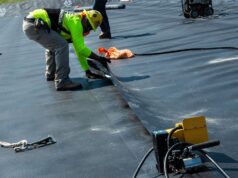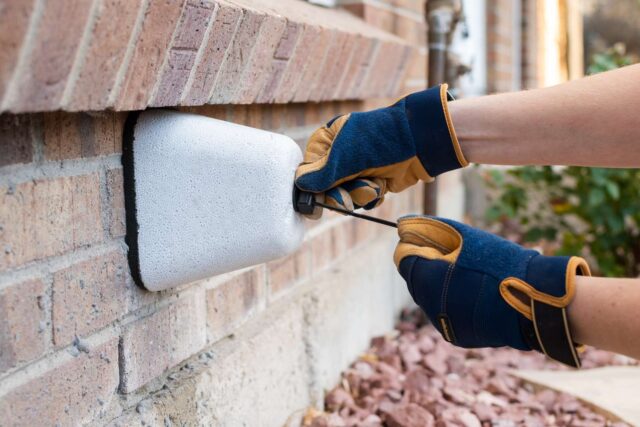
As the frigid winds of winter begin to sweep across the landscape, the last thing on homeowners minds is the hidden chaos brewing within their plumbing systems. Unfortunately, neglecting to prepare your pipes for the drop in temperature can lead to disaster—not just for your water supply, but for your wallet as well.
Ice-cold temperatures can wreak havoc, causing pipes to freeze, crack, and ultimately burst. The good news? With a little foresight and some simple maintenance, you can safeguard your plumbing and avoid a costly nightmare.
In this article, we’ll explore practical tips and essential steps to effectively winterize your plumbing, ensuring your home remains warm and worry-free throughout the cold months ahead. So grab a cup of cocoa, roll up your sleeves, and let’s dive into the art of plumbing preservation this winter!
Step 1: Insulate Exposed Pipes
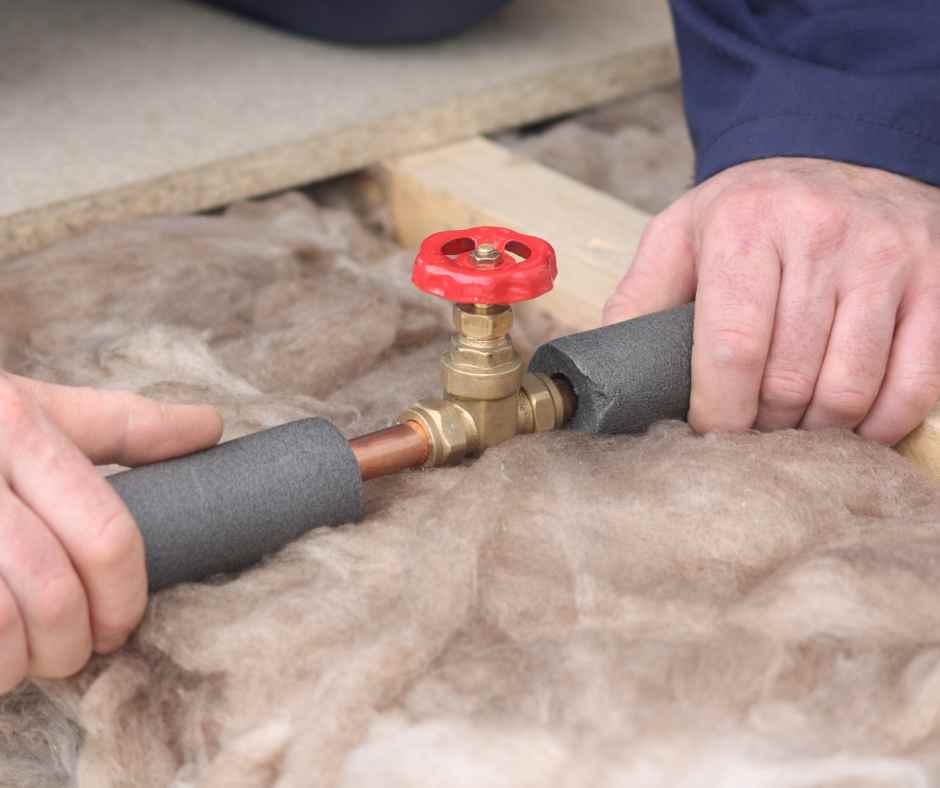
To effectively winterize your plumbing, the very first step is to insulate exposed pipes. These vulnerable sections, often found in unheated areas like basements, attics, or crawl spaces, are prone to freezing temperatures, which can lead to disastrous leaks or ruptures.
Start by wrapping the pipes with foam insulation sleeves or heat tape; these materials provide a protective layer against the cold. Dont forget to secure the insulation with tape or zip ties to ensure a snug fit.
For an extra layer of defense, consider using a heated cable for particularly frigid climates. Remember, it’s not just about the pipes themselves but also about maintaining consistent warmth in the surrounding environment; so, on especially harsh nights, let the faucets drip ever so slightly to maintain water flow and prevent freezing.
Taking these precautions now will save you from the headaches and expenses of dealing with plumbing disasters later.
Step 2: Drain Outdoor Faucets and Sprinkler Systems
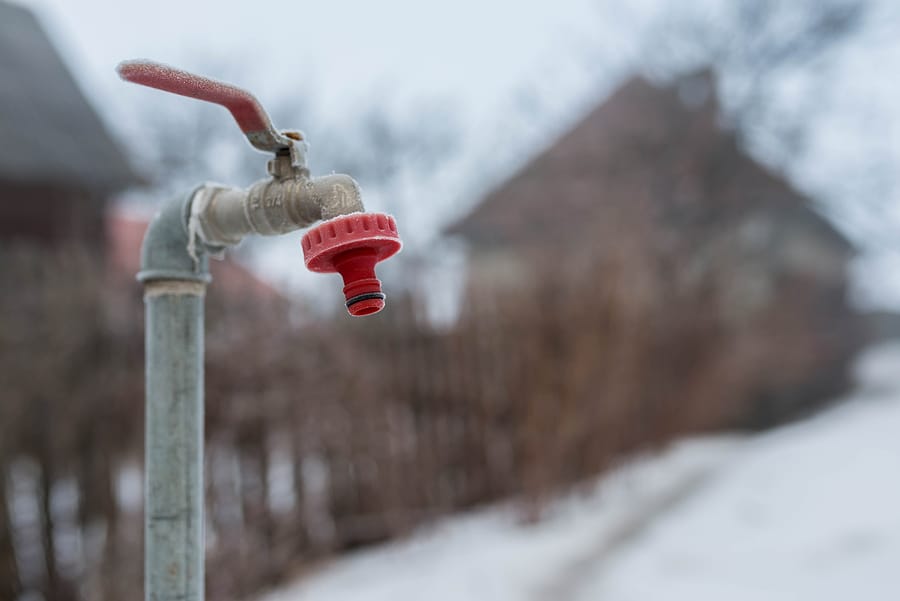
To properly winterize your plumbing, it’s essential to focus on outdoor faucets and sprinkler systems, as they can be particularly vulnerable to freezing temperatures. Begin by turning off the water supply to these fixtures, typically found inside your home; this prevents water from lingering in the pipes.
Then, go outside and open each faucet to allow any remaining water to drain completely. Don’t forget to remove any attachments, like hoses or sprinklers, which can trap water and freeze, expanding and causing damage.
For added protection, consider using insulated covers over the faucets, shielding them from harsh winter elements. This meticulous yet simple task can save you from the headache of costly repairs when spring arrives.
Step 3: Check and Seal Gaps
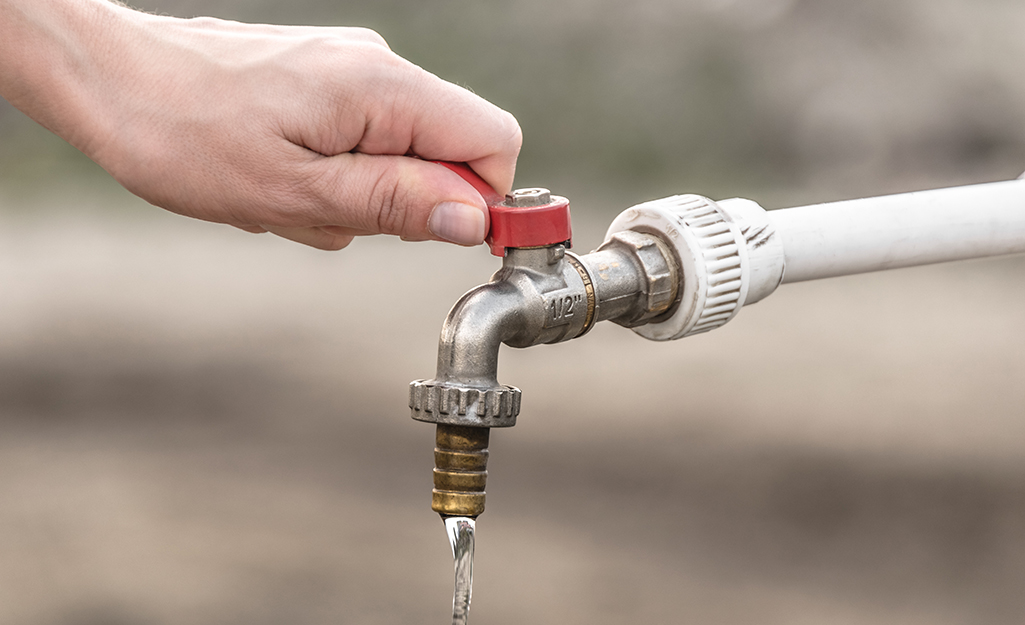
To effectively winterize your plumbing, the critical step of checking and sealing gaps cannot be overlooked. Begin by surveying the areas around pipes, especially where they enter your home, including basements, attics, and even crawl spaces.
Use your keen eye to spot any drafts or unnoticed cracks; these are gateways for frigid air that can freeze your plumbing. Insulating foam, caulk, or weatherstripping can work wonders here—seal up those sneaky entry points tightly, ensuring no unforgiving winter chill creeps in. Don’t forget about vents and windows; a thorough inspection may reveal weaknesses you didn’t initially recognize.
By taking these proactive measures, you fortify your home against the upcoming freeze, safeguarding your plumbing from the costly headaches of ice blockages or burst pipes.
Conclusion
In conclusion, winterizing your plumbing is essential for protecting your home from the harsh effects of cold weather and preventing costly damages that can arise from frozen pipes and leaks. By taking proactive measures such as insulating pipes, disconnecting outdoor hoses, and maintaining proper heating, homeowners can ensure their plumbing remains in good condition throughout the winter months.
If you’re uncertain about any steps or need expert assistance, consulting local professionals like Wirral plumbers can provide peace of mind and expertise. With these precautions in place, you can enjoy the winter season without the worry of unexpected plumbing issues.



